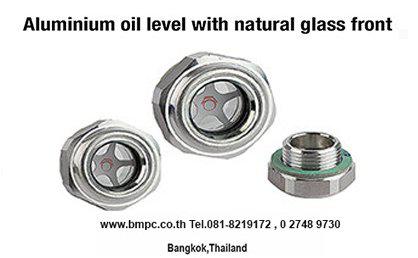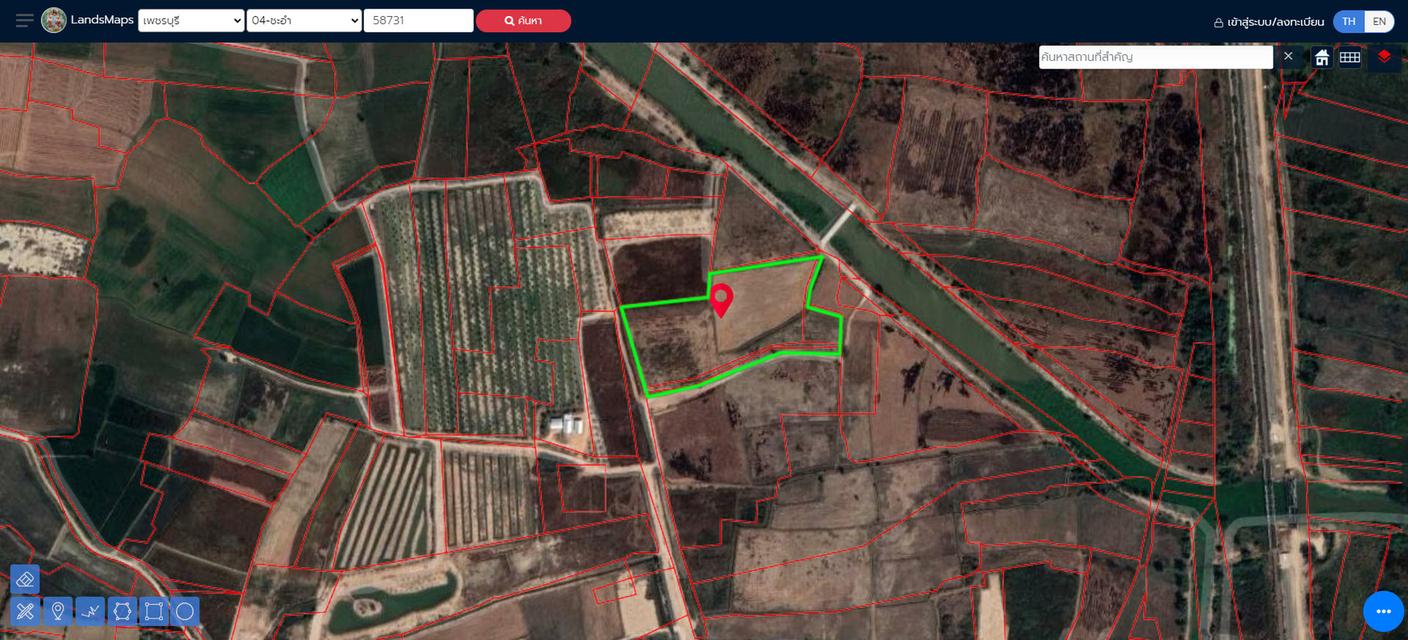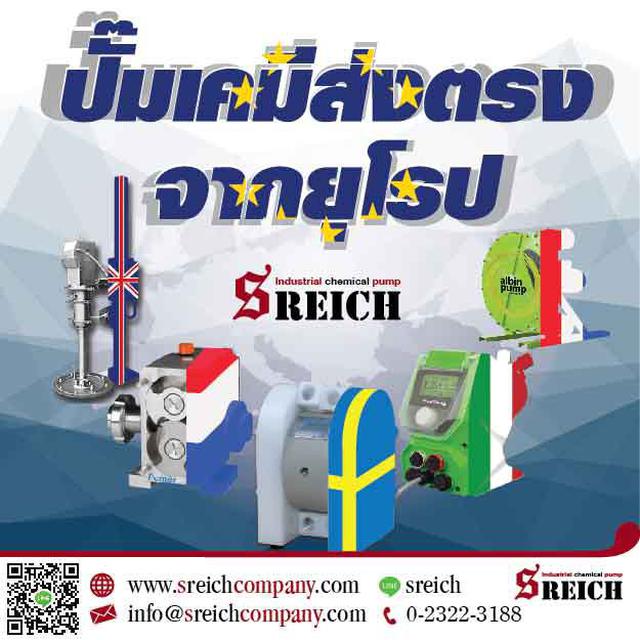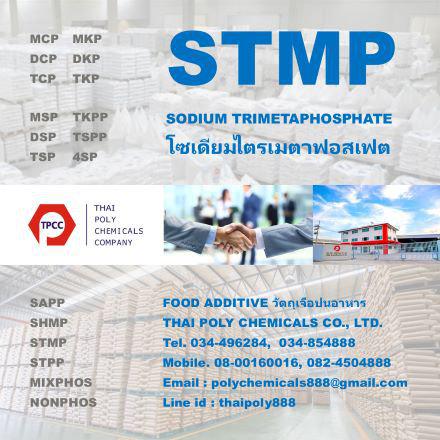ประกาศหมดอายุ
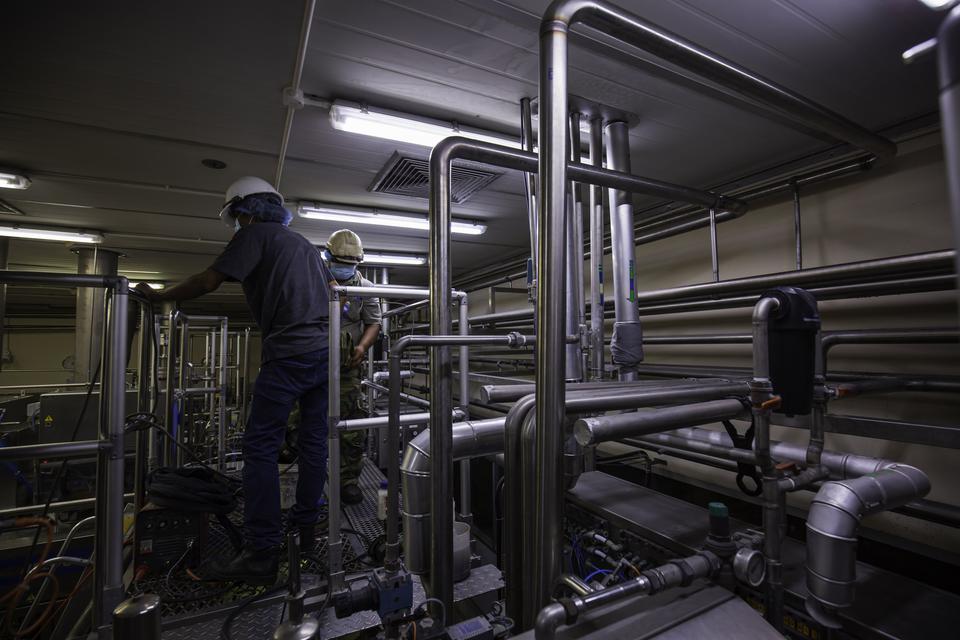
Steel Pipe in Oil & Gas Business
฿ 1
โพสต์เมื่อ 2 ปีที่ผ่านมา
รายละเอียด
The Oil and Gas industry is undoubtedly the world’s largest in terms of financial worth. Oil and gas companies frequently contribute considerably to national GDP and employ millions of people worldwide. The most common products in the oil and gas business are fuel oil and gasoline (petrol). The three major areas are upstream, midstream, and downstream. - Upstream refers to the search for underwater and subterranean natural gas and oil resources, as well as exploratory well drilling. - Midstream refers to the transportation, storage, and processing of oil and gas. - The downstream market consists of the filtering of raw materials collected during the upstream phase. It is concerned with the refining of crude oil and the purification of natural gas Conditions that are demanding The oil and gas industry are well-known for working in tough environments with potentially hazardous substances. As a result, special metal grades have been developed to withstand corrosion and extreme temperatures. As the oil and gas sector hunts for new hazardous locations, demand for corrosive resistant duplex steel products rises. With increasing depth of offshore oil exploration, the pressure on duplex and super duplex stainless steel pipes deployed in hostile corrosive environments grows Stainless steel applications and advantages Super duplex steel is used by oil and gas firms for a variety of reasons, including: - Excellent corrosion resistance, including pitting and intergranular corrosion. - Greater tensile and yield strength • Excellent weldability As a result, Super Duplex Stainless Steel may be found in pipe systems, separators, scrubbers, and pumps, as well as manifolds, heat exchangers, and flowlines. Stainless steel is employed in a wide range of nautical applications, including offshore oil rigs. Because crude oil is corrosive, stainless steel is perfect for storing it as well as for subsea applications such as deep-sea drilling, where equipment must be extremely durable and corrosion resistant. Duplex 2205 (22 percent chromium, 5 percent nickel) and 2507 (25 percent chromium, 7 percent nickel) pipes, as well as Super Duplex 2507, are used in the offshore oil and gas sector for corrosion resistance. Duplex steel is also resistant to chloride-induced stress corrosion cracking and can tolerate high pressures. Petro Canada selected Super Duplex 2507 and Duplex 2205 pipes for its Newfoundland oil field because they can withstand high salt concentrations without corroding, have high tensile strength, excellent pitting, cracking, and impact resistance, little thermal expansion, and good conductivity. Stainless steel is a long-lasting material that may be used to properly store oil and gas production fluids. Stainless steel offers a great life cycle environmental and economic performance Nickel Alloy and Inconel in Oil and Gas Nickel alloy and Inconel, together with stainless steel, are two of the most durable and flexible materials used in the oil and gas industry. Inconel is commonly used in high-performance equipment that must be reliable in harsh environments. Chemical processing and pressure vessels, well pump motor shafts, steam generators, turbine blades, seals, and combustors all use it. Petroleum and natural gas Materials for Special Piping Special Piping Materials has been involved with the oil and gas industry since its inception. We collaborate with the top mills and manufacturers in the world to best serve our clients, many of whom are industry leaders and innovators. We will continue to find and supply the best grade super duplex stainless steel and Nickel Alloy items – pipes, flanges, and specialized fittings. Some people mix up a metal tube with a metal pipe, but those of us in the oil and gas industry know better In brief, tubing is used for structural purposes rather from pipe, which is used for liquid transmission. The wall thickness (as determined by the pipe’s outer diameter) is crucial in tubing. Pipe size and walk thickness are key criteria to understand according to the American National Standards Institute (ANSI) Pipe Fundamentals Steel pipes are used by oil and gas industries to transport gas and liquids. SplashTRON® coating is widely requested by our clients for oil, gas, and propane pipelines. Tubing is usually more expensive than carbon or low alloy steel pipes. The internal diameter of the pipe influences how much product can flow through it. Yield strength and ductility are critical properties. Tubing Fundamentals Tubes are used to transport fluids but are also used as conveyor belt rollers, bearing casings, and concrete piling casings. In well construction, tubing refers to casing and tubing strings. Tolerances for tubes include their diameter, wall thickness, straightness, and roundness. Tubes must fulfill stringent specifications and be tested on a regular basis for hardness and tensile strength. Exact outside diameters disclose the weight-bearing capabilities of the tube. Steel tubes with tiny outer diameters (up to 5 inches) and large lengths are used in pressure devices. Mild steel, aluminum, brass, copper, chrome, or stainless steel are all acceptable materials. Inevitably, the material used has an influence on the final user Tubes and Pipes There are two sorts of sizing systems: - The inside diameter (ID) of a cylinder is measured in inches. In Europe, the metric equivalent is DN, which stands for “diameter nominel.” The thickness of the wall is measured by the schedule. The number is not a unit of measurement. - The schedule number denotes the thickness of the pipe wall. The same schedule number might appear on pipes with different wall thicknesses. Because the NPS is accounted for in the thickness. If two pipes have the same NPS but different schedule numbers, their IDs will vary but their ODs will remain the same. A conversion chart can assist in demonstrating the relationship between pipe size, schedules, and wall thicknesses Seamless, ERW, and LSAW pipes Seamless, ERW, and LSAW pipes are utilized in the oil and gas industry. These pipes are available in a range of materials and grades. Without welding, a seamless pipe is produced from a hard steel billet on a shrill rod. Welded pipes are created by cutting, bending, and then welding coils or plates. Seamless pipes do not have seam welds. To make tubular sections, steel billets are heated and bored. In the oil and gas industry, seamless pipes are used to transport and distribute fluids such as oil, gas, slurries, steam, and acids. Also used in oil and gas refineries to refine oil and gas. In ordinary plumbing applications, seamless pipes can be employed. - ASTM A106, A333, A53, and API 5L Carbon Steel Seamless Pipes - ASTM A335 seamless ASTM A335 P5 to P91 chrome-moly alloy steel pipes for high temperature and pressure applications. - ASTM A312 stainless steel seamless pipes in 304, 316, 321, and 347 sizes. - ASTM A790/A928 double ferritic and austenitic duplex and super duplex seamless pipes. - Seamless pipes are offered in Inconel, Hastelloy, Cupronickel, Monel, and Nickel ERW piping (Electric Resistance Welding) ERW pipes are made from steel coils. These pipes are constructed using coils that have been uncoiled, polished, cut, and electronically aligned into the pipe shape. The diameters of these pipes range from 1/2 to 20 inches. Carbon steel (ASTM A53) and stainless steel ERW pipes are offered (ASTM A312). ASME B36.10 and B36.19 are the basic guidelines for these Pipes. In terms of pricing and performance, ERW Pipes are an excellent alternative to Seamless Pipes. Pipes made of LSAW (Longitudinal Submerged Arc Welding) Welding via submerged arc LSAW tubing Steel plates is cut, bent, and welded together. LSAW pipes come in bigger diameters than traditional pipes. These pipes range in size from 16 to 24 inches, although they may be utilized for pipelines up to 48 inches in length. LSAW pipes are classified into two categories. Spiral types include HSAW, SSAW, and SAWL. Both the interior and exterior of DSAW pipes have a junction weld. However, LSAW pipes have just one seam weld on the pipe cover. 5L large-diameter LSAW pipes are frequently used to carry hydrocarbons across vast distances. Spiral weld pipes (HSAW or SSAW) are rarely used in the oil and gas industry https://www.gmsthailand.com/blog/steel-pipe-in-oil-gas-business/
อ่านเพิ่มเติม



